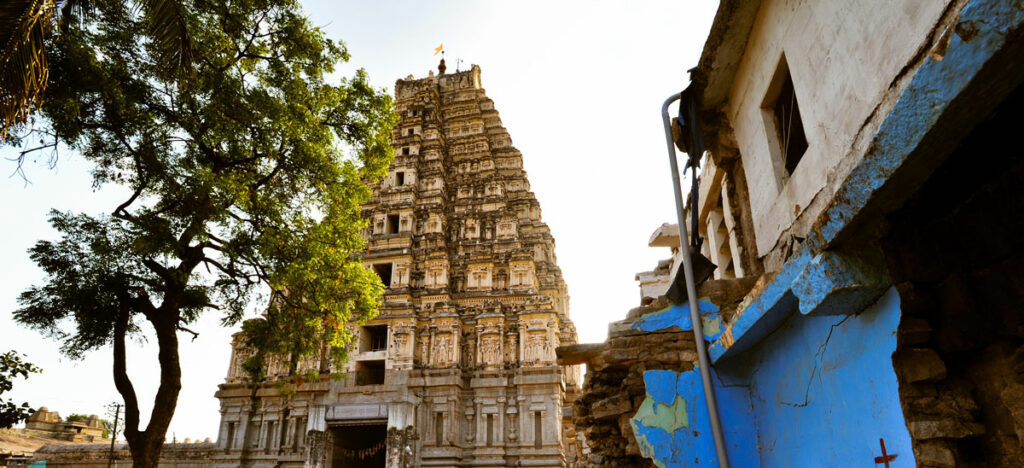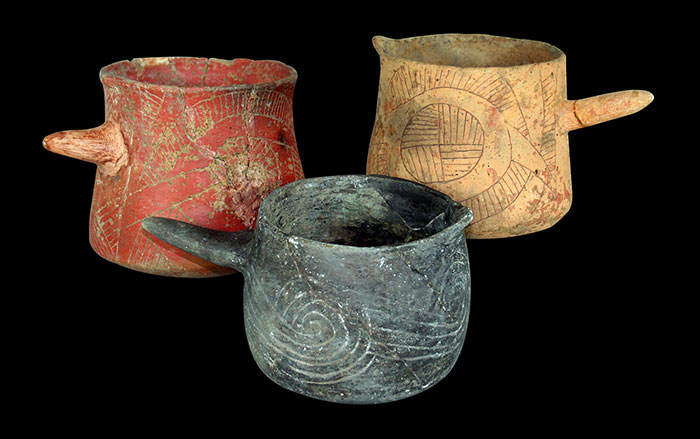
ANTIKYTHERA, GREECE—Archaeologists have returned to the Roman shipwreck off the coast of Greece where the Antikythera Mechanism was discovered in 1901. The new survey has shown that the ship is twice as long as had been thought, and it contains additional calcified objects. “The (objects) may just be collections of bronze nails, but we won’t know until someone takes a look at them,” said Brendan Foley of the Woods Hole Oceanographic Institute. The huge ship had also been transporting pottery vessels and roof tiles when it sank. This cargo may have been intended for Romans living in Greece, or Greek plunder being shipped back to Rome.










